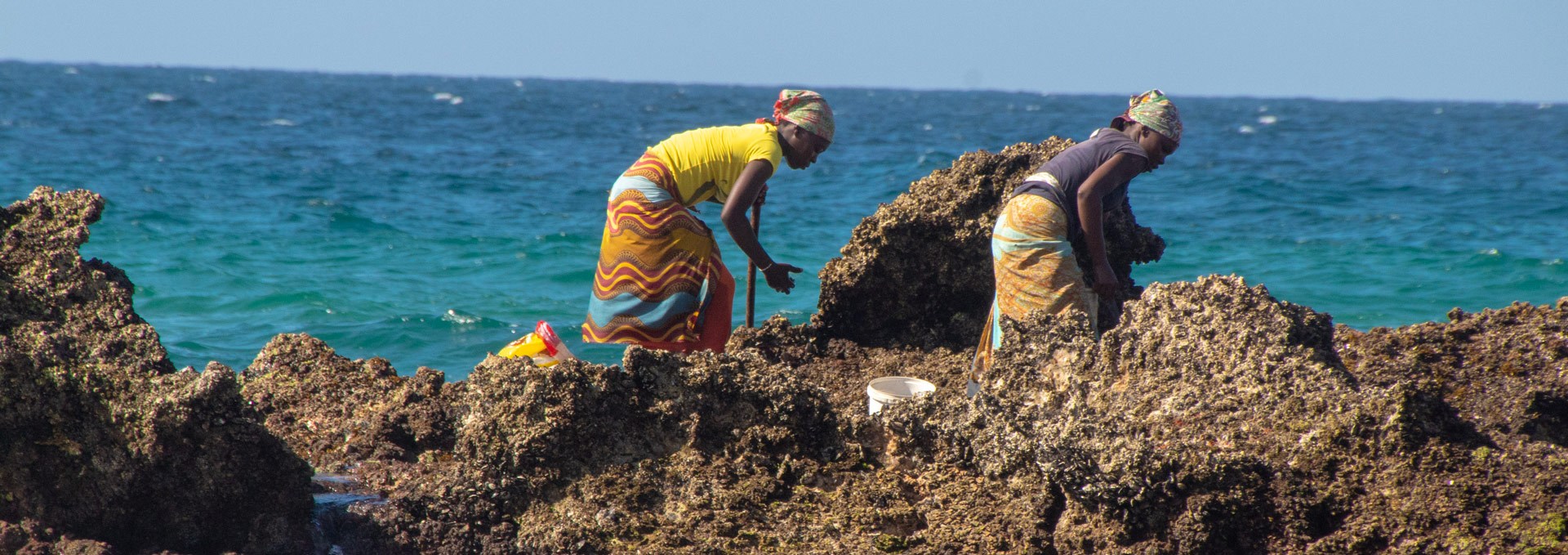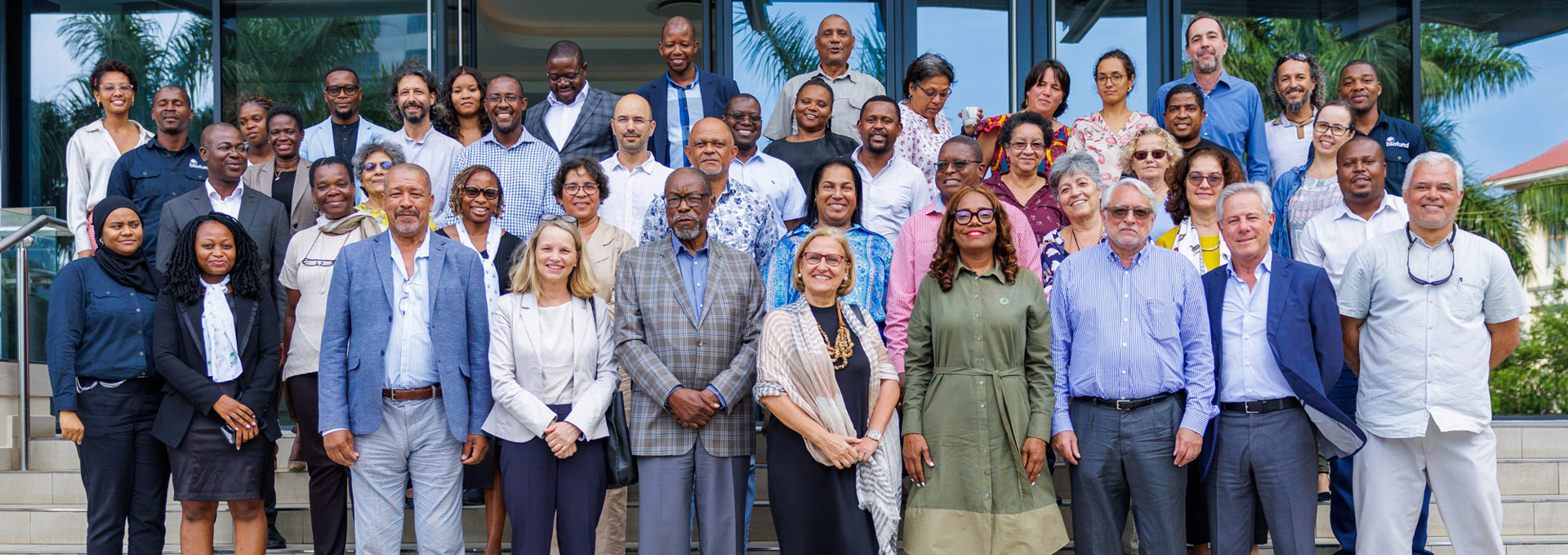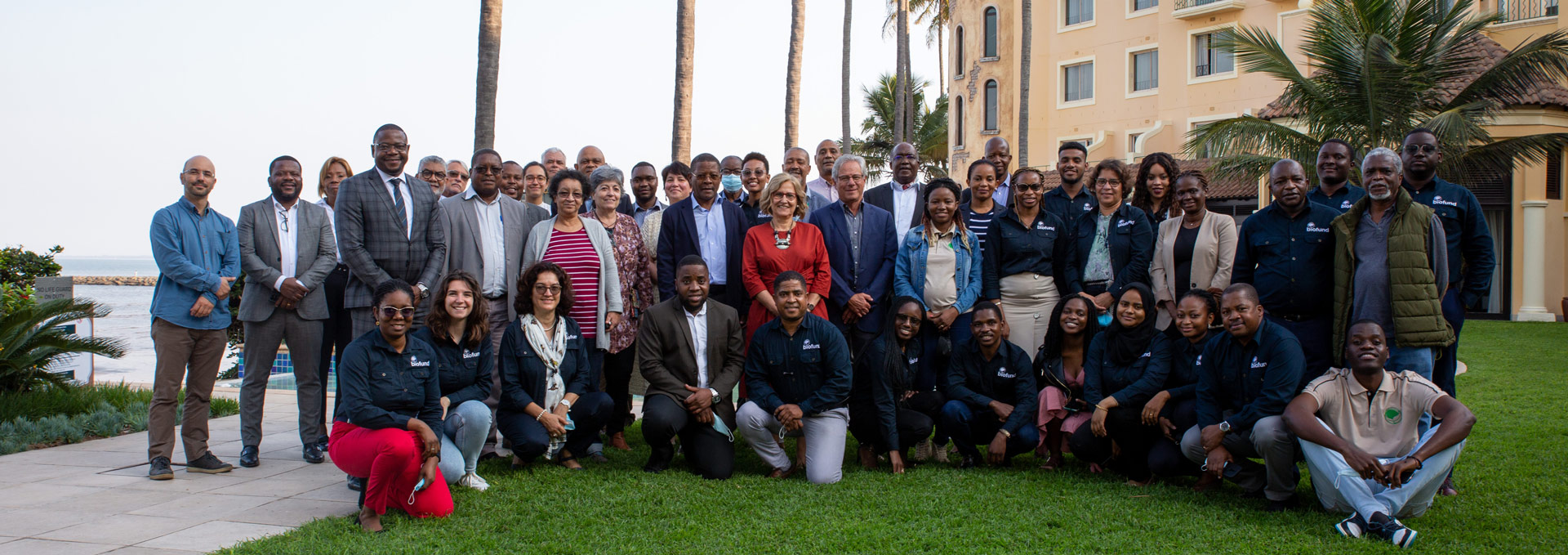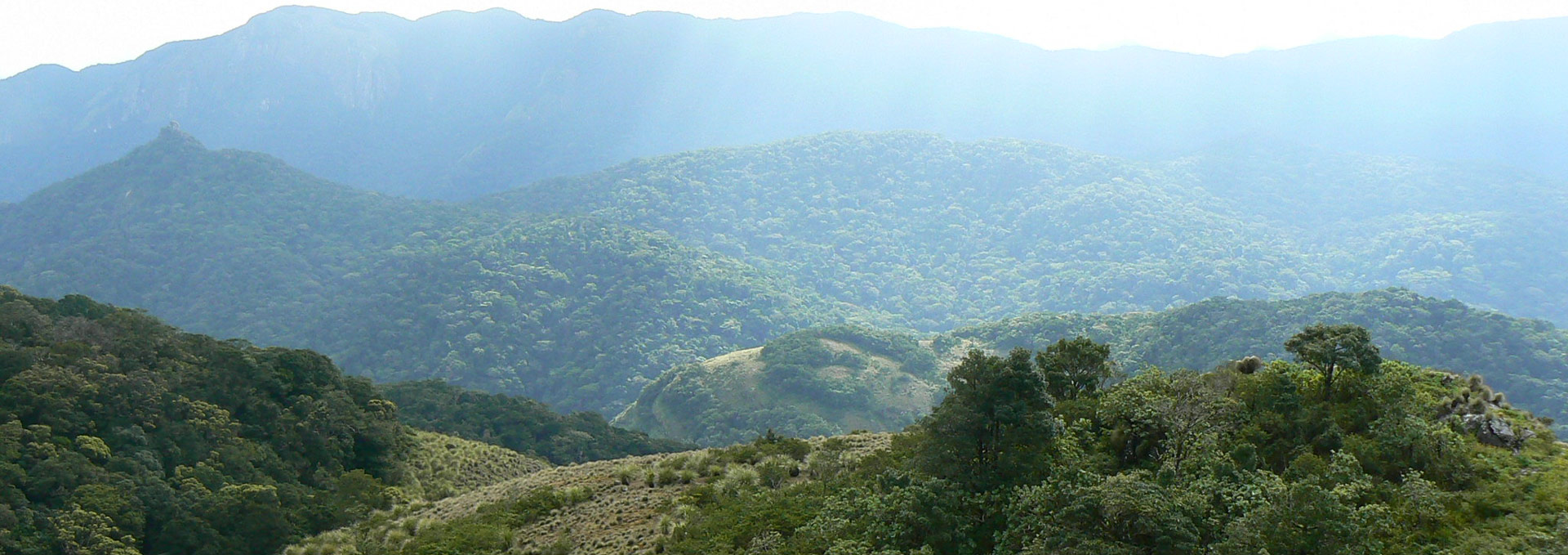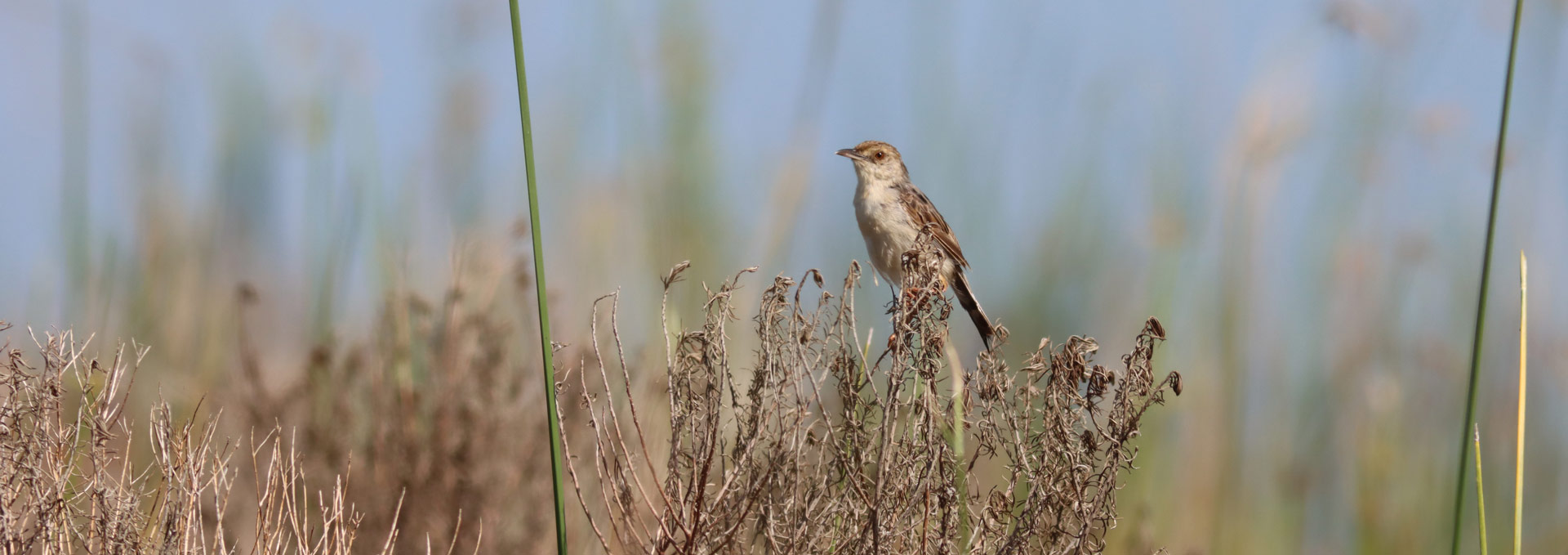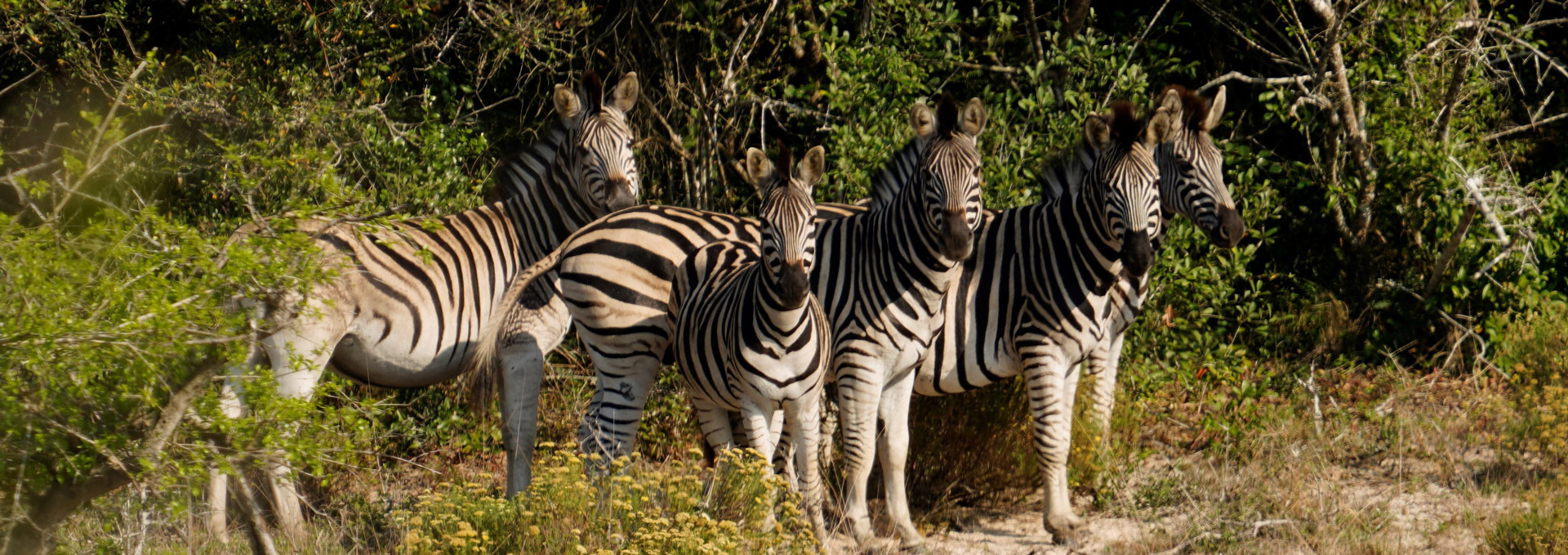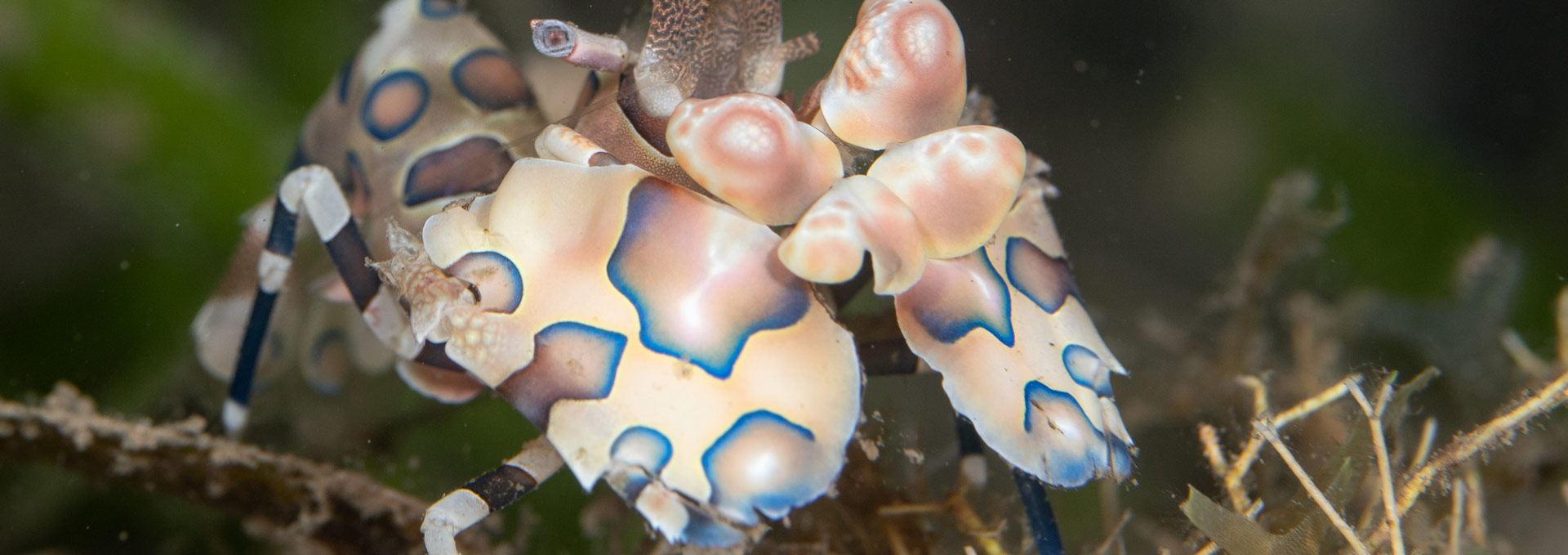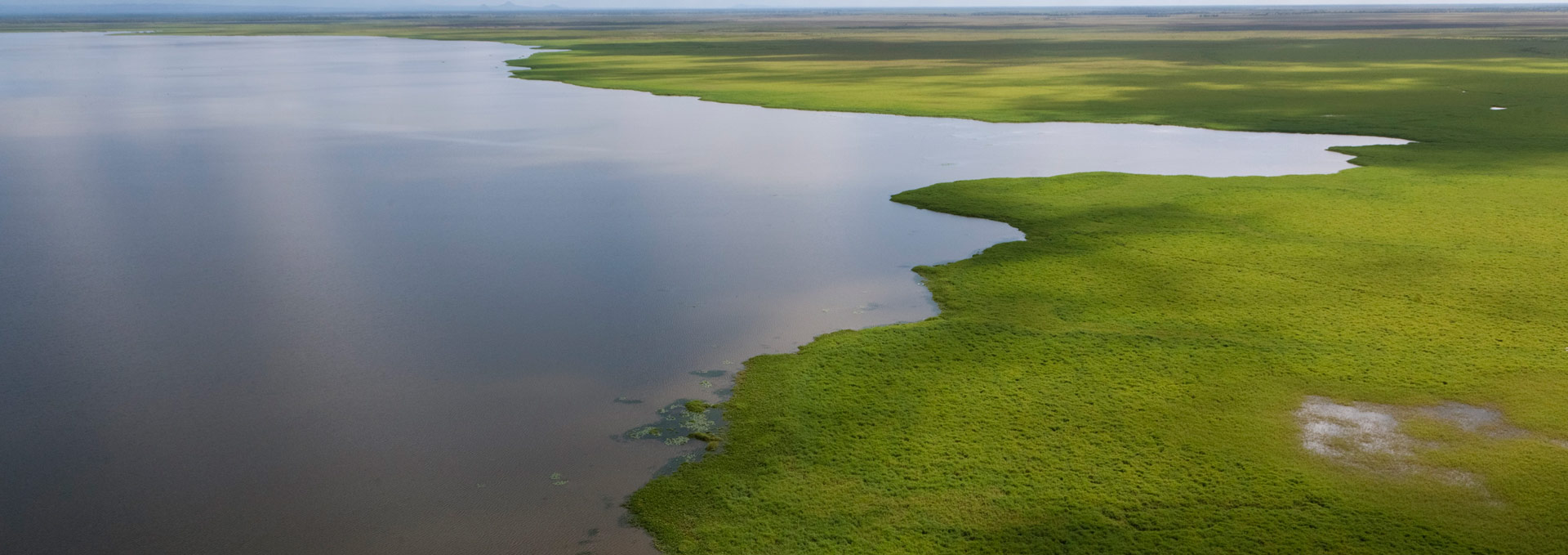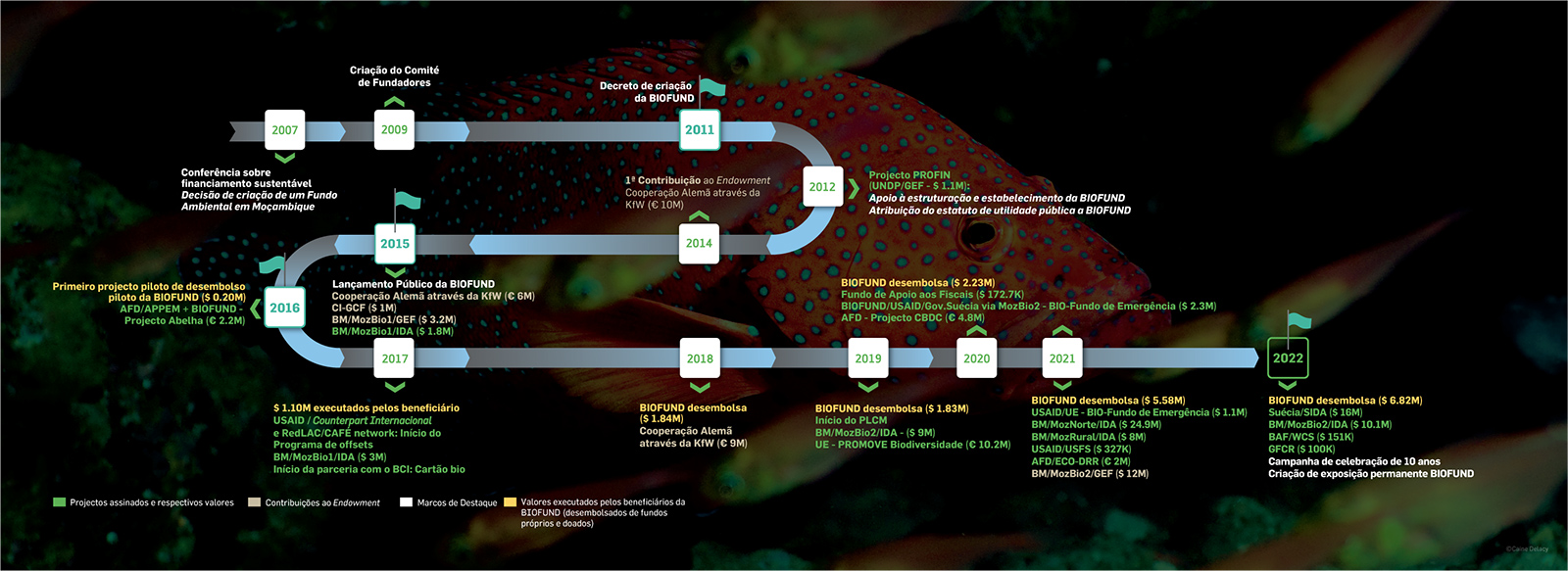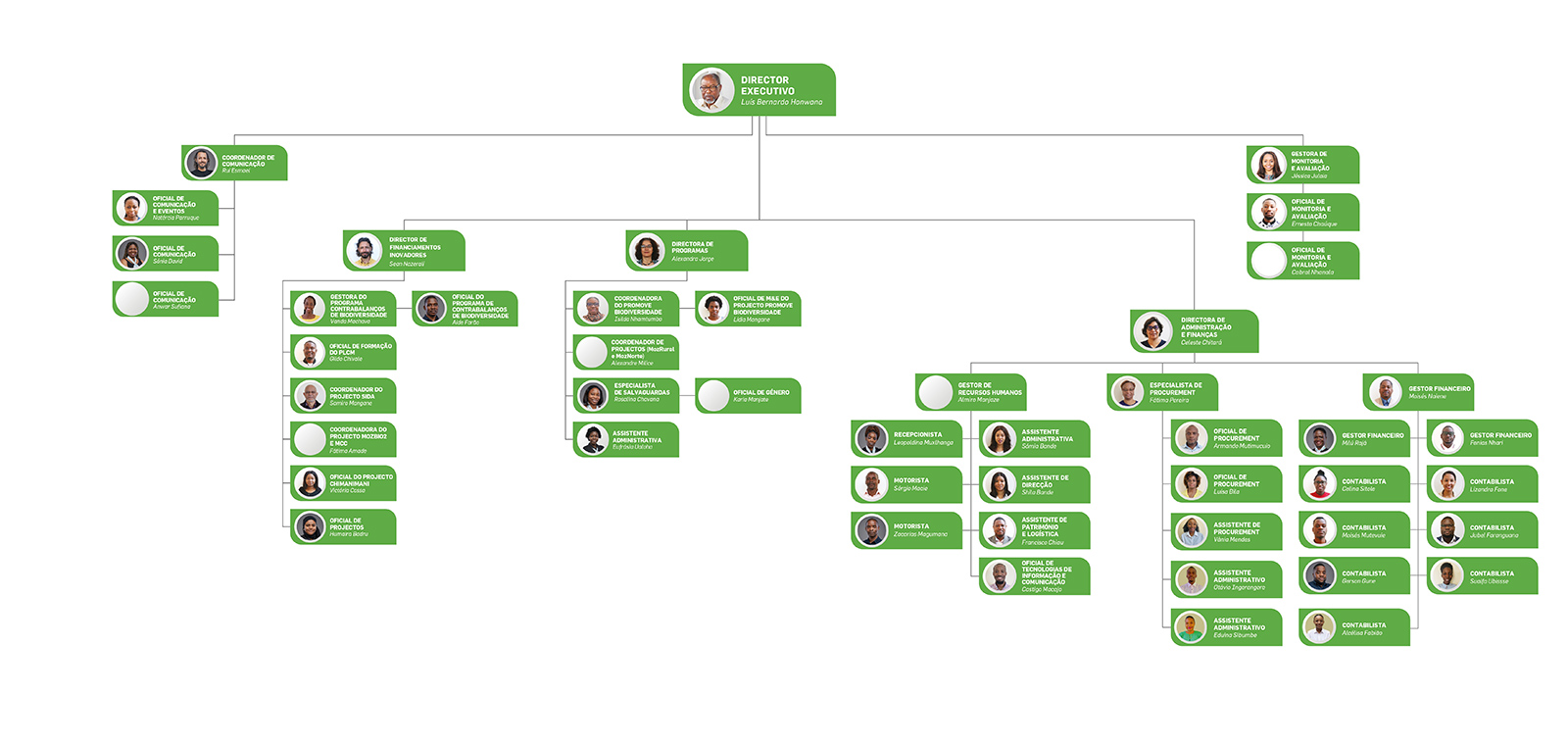Updated at 02/05/2025
The BIOFUND – Foundation for the Conservation of Biodiversity is an Environmental Fund, a private Mozambican institution, non-profit, with public utility status, which mobilizes, allocates, and manages financial resources exclusively for the conservation of biodiversity in Mozambique.
It was established following international best practices for Conservation Funds, as defined by the Conservation Finance Alliance (CFA).
In addition to its specific role as a Conservation Trust Fund, the Foundation brings contributions from the private sector, civil society, and academia to conservation efforts in Mozambique. The majority of organizations, whether public or private, involved in biodiversity conservation in Mozambique are members of BIOFUND.
BIOFUND History
The initial discussions about the importance and necessity of creating an Environmental Fund in Mozambique took place in 2007, with the support of the Mozambique conservation group (comprising government members, academia, the private sector, civil society, and NGOs) and various donors, at an international conference in Maputo on sustainable support for biodiversity conservation. One of the main recommendations from this meeting was the establishment of a trust fund. This objective was subsequently included in Mozambique’s Conservation Policy in 2009. This Policy also identified the creation of a parastatal organization for the management of Conservation Areas as one of its goals. These two Policy objectives were realized in 2011 with the creation of the National Administration of Conservation Areas (ANAC) and the Foundation for the Conservation of Biodiversity (BIOFUND).
BIOFUND in numbers (2014 - 2024)
![]()
60,6M
Endowment
![]()
43,7M
Disbursed to Conservation Areas
![]()
14,4M
Hectares of Protected Area covered by BIOFUND’s action
![]()
72
Disbursed projects in Conservation Areas
![]()
67068
Young people participating in environmental awareness campaigns
![]()
9,6M
Raised for direct project implementation
![]()
138M
Raised for channeling to the Conservation Areas
![]()
36
Conservation Area Beneficiaries
![]()
358
Trained Conservation Area managers
![]()
359
Interns, scholarships, and research grants
The establishment of BIOFUND can be summarized in 5 stages:
The first stage was the national emergence and acceptance of the concept (2007-2009), followed by a creation stage (2009-2011), during which a founders’ committee was established to oversee the drafting of statutes and the determination of the institution’s legal form.
With the formal creation of BIOFUND in December 2011, the start-up and fundraising stage began (2011-2015), characterized by the physical establishment of the foundation, hiring of initial staff, development of relationships with donors, and establishment of administrative, financial, and operational procedures. This stage concluded in 2015 with the commencement of BIOFUND’s autonomous administrative and financial management, and the receipt of the first donation to the Endowment (from the German Cooperation through KfW), culminating in the public launch through the first Biodiversity Exhibition and Fair, inaugurated by His Excellency Filipe Jacinto Nyusi, President of the Republic, at the Eduardo Mondlane University facilities in Maputo.
Next came the pilot funding stage (2016-2017), disbursing from BIOFUND’s Endowment (hybrid fund), which was characterized by the development and testing of procedural manuals in Limpopo National Park. After the testing of BIOFUND’s first Procedures Manual, it was approved by the main conservation donors in Mozambique, followed by the design and launch of the first competition for the selection of the first beneficiaries of disbursement projects, channeling funds directly to the benefiting Conservation Areas.
Between 2018 and 2022, BIOFUND experienced a phase of rapid growth, consolidation, and innovation, exponentially increasing the amounts raised for both its Endowment and the volume of funds from other donors channeled through BIOFUND, expanding the number and diversity of its beneficiaries. During this phase, BIOFUND also took on an increasingly prominent role in exploring and developing innovative biodiversity financing mechanisms. This phase also coincided with the period of its second Strategic Plan, with many of the initially defined goals being surpassed.
In late 2022/2023, BIOFUND continues its sharp growth (in terms of financial and human resources), with a focus on diversifying types of funding and disbursement modalities. In this phase, BIOFUND also began co-creating projects with donors. This phase aligns with the start of its third Strategic Plan 2023-2027, which outlines the expansion of certain areas of action, especially in relation to engagement with the private sector, communities, and research, as well as in communication, and monitoring and evaluation.
The chronology of BIOFUND shows detailed information for each year:
“…the poorest population groups in the country knew for centuries how to care for this heritage which are so proud of today. There is no good conservation policy which does not prioritise the human development of the protected areas. Once motivated and mobilised, the people living here will be the best rangers and defenders of our biodiversity.”
Filipe Nyusi

